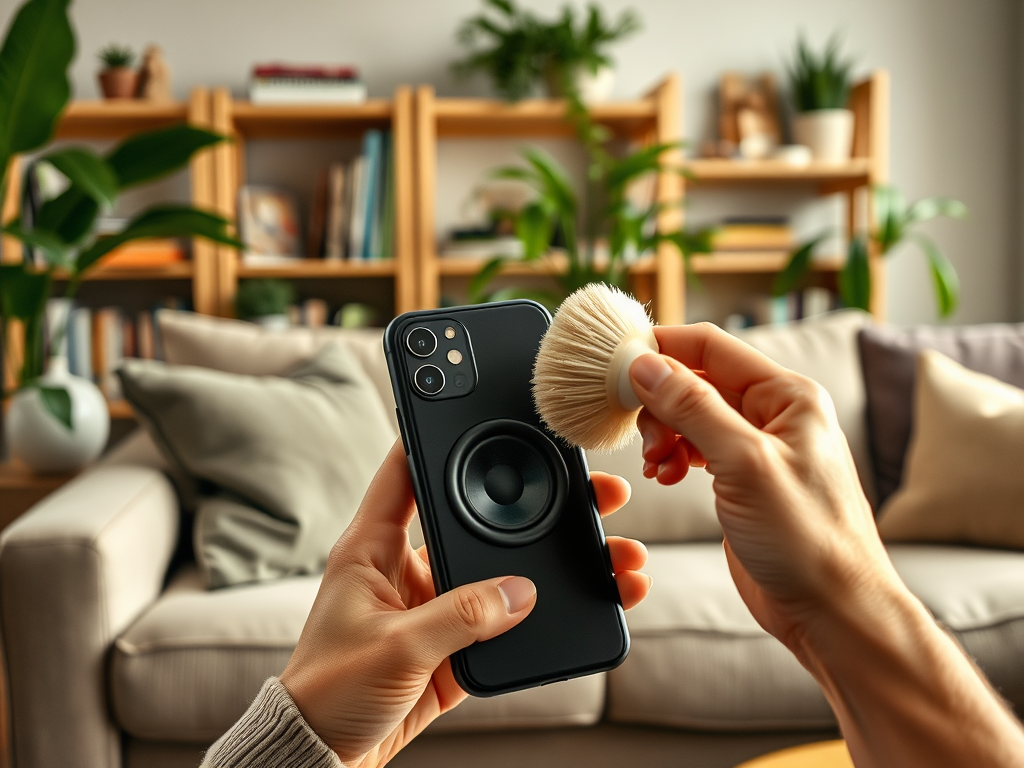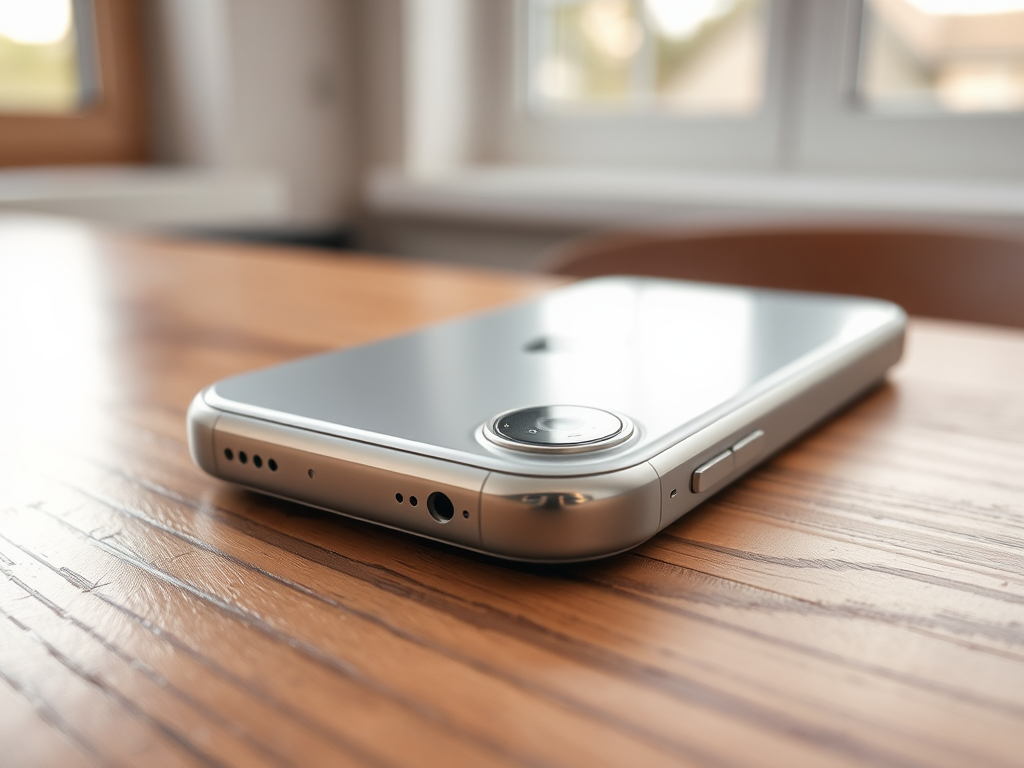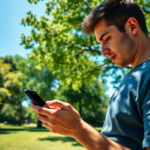Many iPhone users experience the frustration of muffled audio, often at the most inconvenient times. Whether you are on a crucial business call or trying to enjoy your favorite playlist, poor sound quality can hinder your experience. Understanding the mechanics behind your device’s audio output can offer insight into why such issues arise. In this article, we’ll delve into the key factors contributing to muffled sounds and help you navigate through the potential fixes. This information is essential not just for troubleshooting, but also for ensuring you get the best audio experience from your iPhone. Let’s dive deep into the reasons that might be affecting your sound clarity.
Understanding Muffling Issues

Muffled sound from your iPhone speaker can be a significant hindrance, affecting everything from phone calls to media playback. To effectively address this problem, it is important to identify the cause so you can implement the right solution. Various factors can lead to muffled audio, and you need to consider both physical and software-related aspects. This systematic approach not only assists in diagnosing the issue but also aids in determining if it requires DIY fixes or professional help. Each category outlined here plays a crucial role in the overall sound quality of your device. Let’s explore these factors in detail.
Physical Obstructions

One of the first things you should check is whether any physical obstructions are causing the muffled sound. Accumulation of dirt, dust, or even the design of your phone case could play a significant role. Let’s consider some common obstructions that might affect the sound produced by your iPhone speaker:
- Case or Cover: Thick cases can sometimes cover the speaker holes, affecting sound quality.
- Grime and Debris: Dust and lint can accumulate in the speaker grills over time, leading to sound obstruction.
- Liquid Exposure: Moisture trapped in the speaker port can also dampen audio quality.
Software Glitches
Software can also be a major player in audio issues, regardless of how well-maintained your hardware might be. Outdated applications or misconfigured settings can hinder your speaker’s performance. To ensure software isn’t the source of your problems, consider these troubleshooting steps:
- App Settings: Some apps have their own volume controls; ensure they are correctly set.
- System Updates: Keeping your iOS updated is crucial; outdated software can introduce bugs.
- Sound Settings: Review the “Sound & Haptics” menu for any anomalies.
Impact of Bluetooth Interference
Have you ever noticed that your audio quality drops when connected to Bluetooth devices? Bluetooth connectivity can sometimes lead to unexpected issues with your iPhone speaker. When devices interfere with each other, the sound may come across as muffled. Here are a few strategies for managing Bluetooth settings:
- Disconnect Bluetooth Devices: Temporarily disconnect any paired devices to see if audio quality improves.
- Check Device Compatibility: Ensure that the connected Bluetooth device is functioning correctly.
Identifying Hardware Problems
If you’ve explored all the previous options and still experience muffled sound, it could be a hardware issue. Physical damage to the speaker or internal components may require professional inspection. Assessing the state of your device can save you time and lead you quicker to a solution. Below is a table highlighting signs of potential hardware failure:
| Signs of Hardware Issues | Comments |
|---|---|
| Visible Speaker Damage | Inspect for cracks or blockage. |
| Persistent Muffled Sound | Issue remains even after troubleshooting. |
| No Sound at All | Consider hardware replacement or repair. |
Conclusion
By understanding the various factors contributing to muffled sound, you’ll be better prepared to tackle the issues head-on. From checking for physical obstructions and resolving software glitches to examining possible hardware failures, a comprehensive approach can often yield quick resolutions. Staying diligent about updates and careful handling of your device is equally important for long-term functionality. Remember that professional assistance is always an option if troubleshooting doesn’t resolve your issues. Keeping your iPhone speaker in prime condition should be a priority for optimal enjoyment of all audio functions.
Frequently Asked Questions
- Why does my iPhone speaker sound dim? This could be due to a case blocking the speaker or a software glitch. Try removing the case and performing a software restart.
- How can I clean my iPhone speaker? Use a soft, dry brush or a microfiber cloth to gently remove any debris while being careful not to push dirt further into the speaker hole.
- What should I do if my sound settings are correct, and my speaker is still muffled? Check for potential hardware issues, such as speaker damage or contact Apple Support for professional assistance.
- Is it possible for water to damage my iPhone speaker? Yes, moisture can affect sound quality. If your iPhone has been exposed to liquid, allow it to dry completely before testing the speaker again.
- Can a software update fix muffled sound? Yes, updates often include bug fixes and enhancements that may resolve audio issues caused by software glitches.


